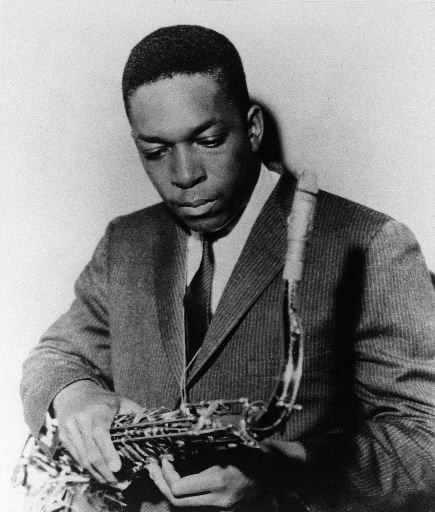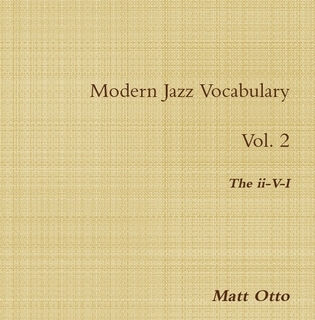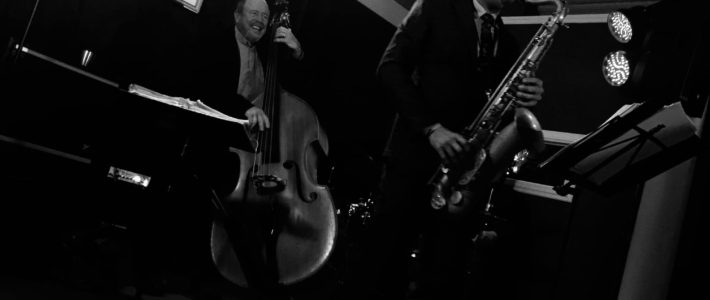Lesson 43: Diminished

Here’s an intervallic diminished sequence that I wrote while in Leipzig on a short avant-garde tour in the late 90’s. We had many long days of doing nothing before the sound check and gig so I composed this short melody

Free Jazz Education and Music

Here’s an intervallic diminished sequence that I wrote while in Leipzig on a short avant-garde tour in the late 90’s. We had many long days of doing nothing before the sound check and gig so I composed this short melody

Oftentimes, as a single note improviser, it is difficult to recognize harmonic tensions by ear. For example, when playing just an A natural, it sometimes challenging to hear that note as a 13th on a major #5 chord or as

The second volume of Modern Jazz Vocabulary is finally done. I made some changes in the books format based on a lot of the feedback I got from people about vol. 1. This book is bigger in size but should

This exercise is a (second) example of using a harmonic minor scale to create a melody over a minor ii-V-i progression. To do this we use the harmonic minor scale of the i chord. For example in a D-7b5 (ii),

This is a melody taken from the harmonic major scale. The b6 mode of harmonic major outlines a major 7 chord with a #5, a #9 and a #11. The melodic line starts with a simple “shell voicing” (the root,

This is a short etude I wrote over the chord changes to My Shining Hour in concert C. The etude utilizes a lot of modern-ish concepts in terms of rhythmic groupings and harmonic/triadic substitutions. You’ll find several uses of #9

Using bigger intervals when improvising can help create an interesting contrast to your linear ideas. This is a melody comprised of a spread triad in 2nd inversion and 2 upper-structure “tensions”; the 11th and the 9th. These melodies are played

Playing larger intervals can help to break up more linear ideas in a creative way that still sounds melodic and outlines the harmony clearly. This exercise in comprised of consecutive 5ths through Lydian, so it will work well over Major